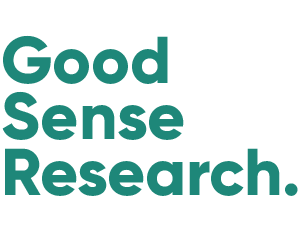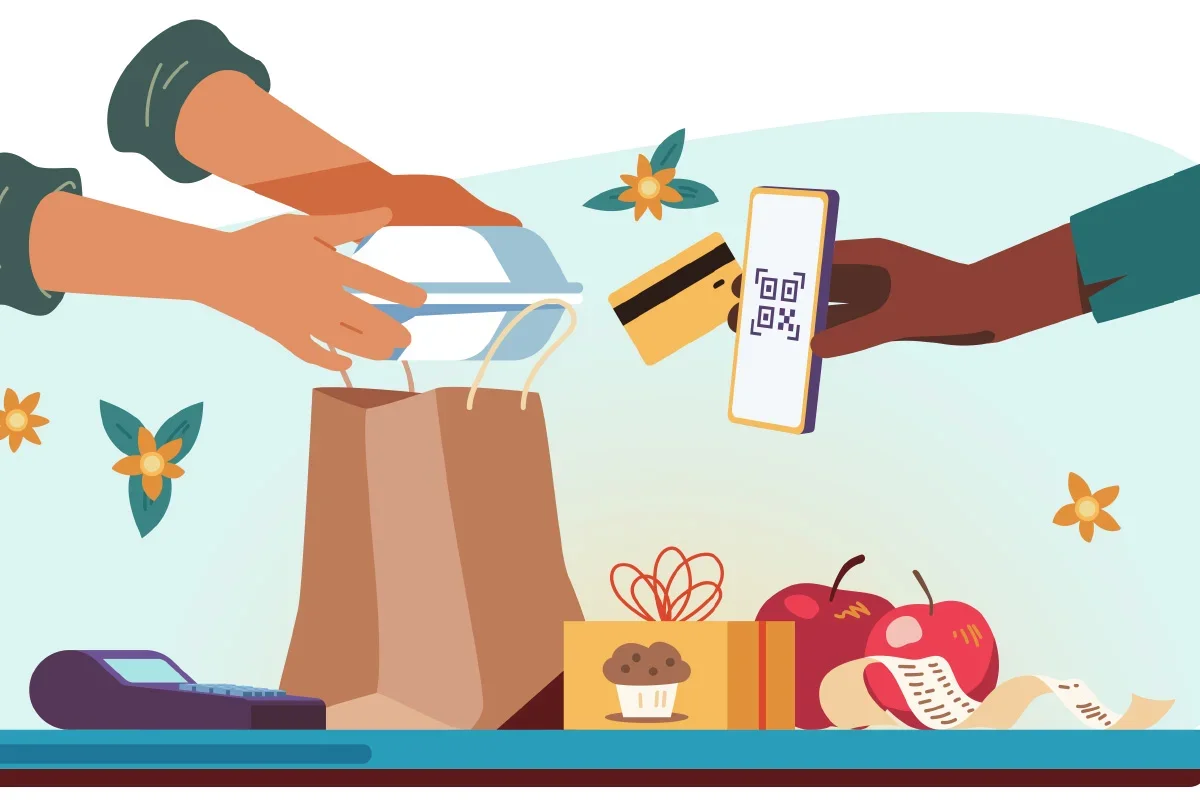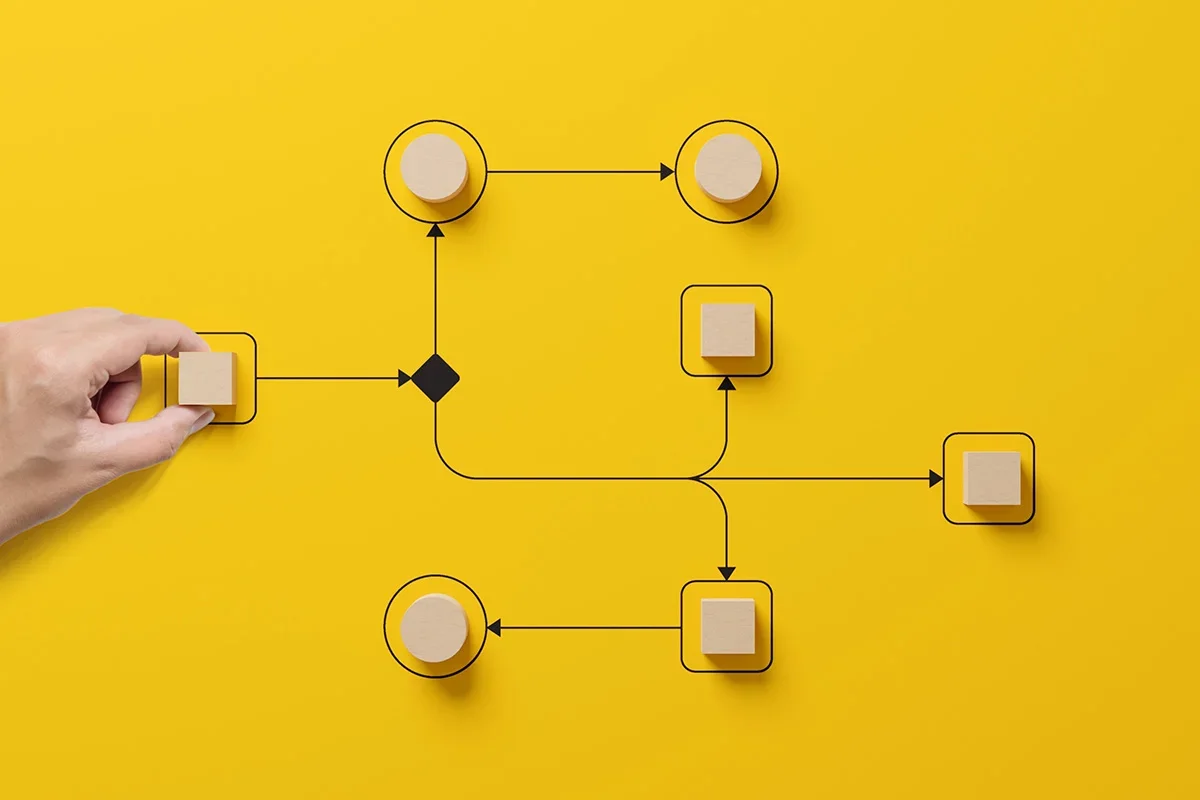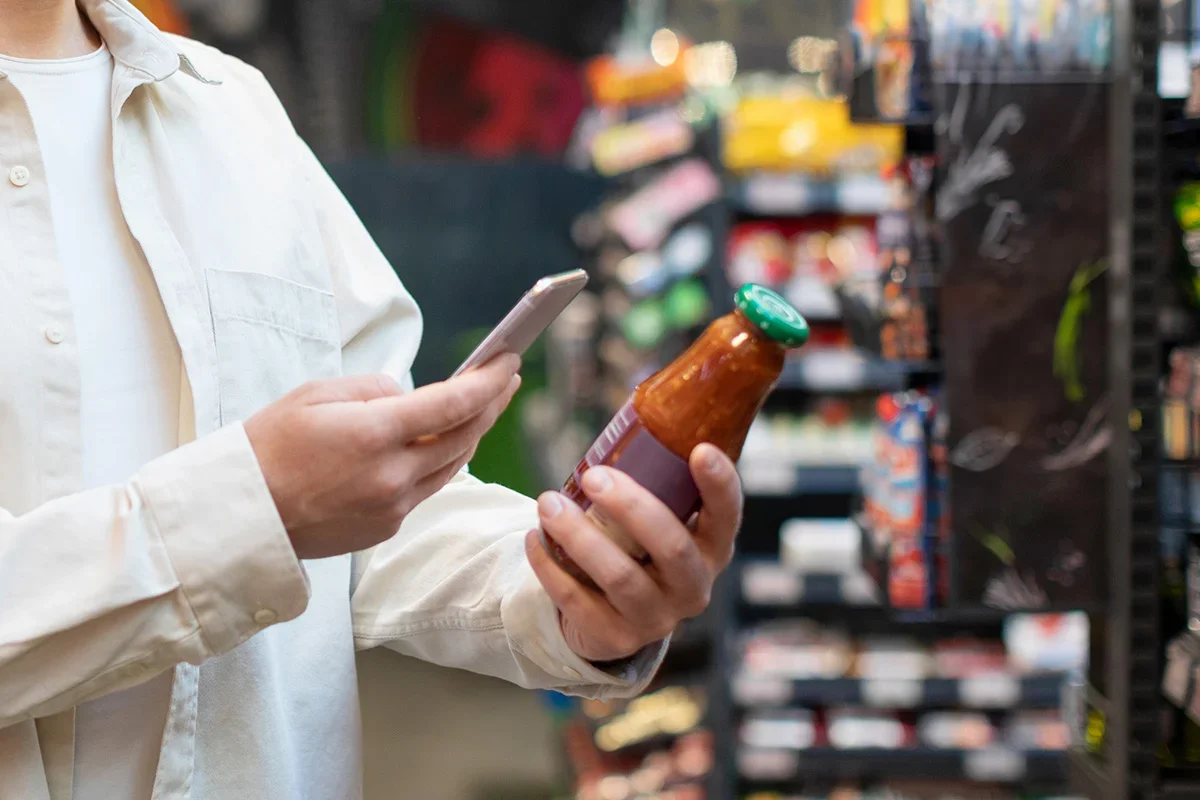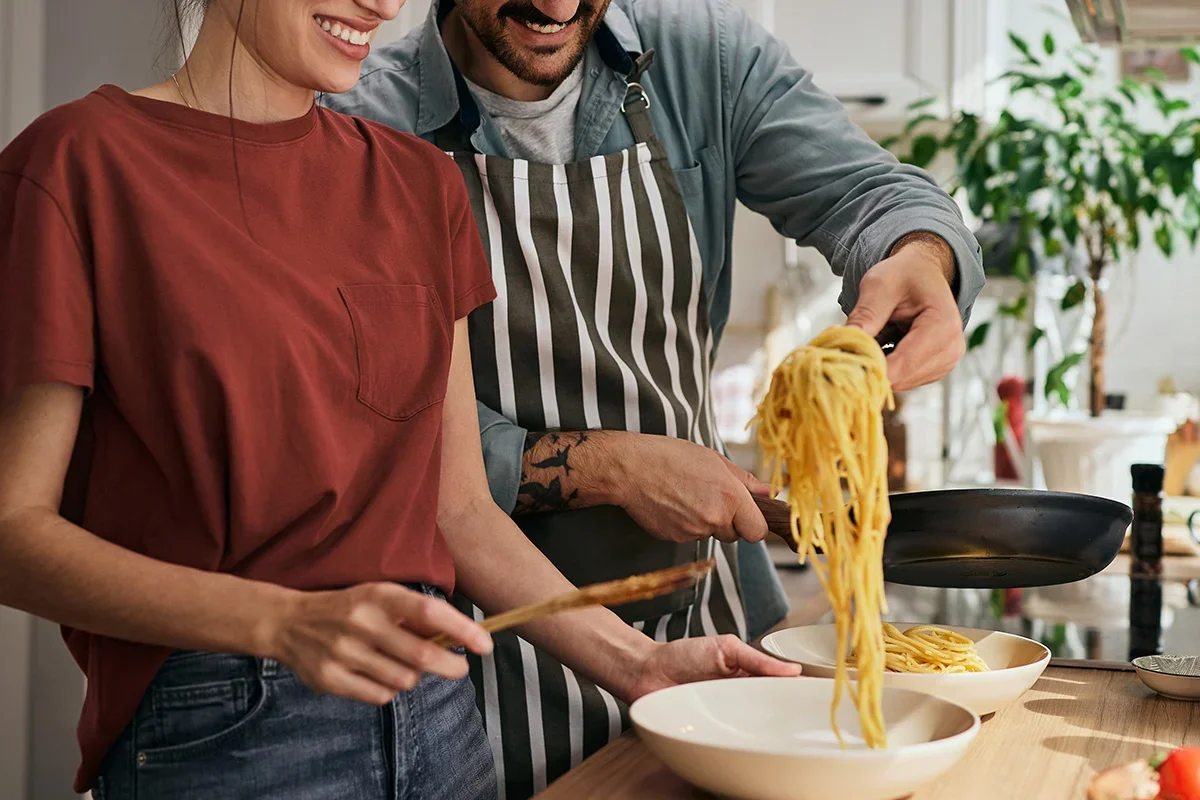
Customer Journey Research: Mapping Decisions, Moments & Opportunities
Why the customer journey matters
Customers don’t think in “channels” or “touchpoints”; they simply move through their lives, making decisions shaped by needs, emotions, and context. For food and drink brands, this journey is rarely linear. It may start with an advert on social media, continue in a supermarket aisle, and finish with a delivery order placed late at night.
Understanding the full customer journey means seeing not just where purchase happens, but also:
What sparks awareness and interest
How customers research, compare, and shortlist
Which touchpoints carry the most influence
Where barriers cause drop-offs or delays
How loyalty is built (or lost) after the purchase
At Good Sense Research (GSR), we help brands map journeys in all their messy, real-world complexity. We combine qualitative and quantitative research, observational methods, and advanced analytics to reveal:
The critical “moments of truth” where conversion happens
The pain points that frustrate and disengage customers
The emotional drivers that shape choice
The opportunities for brands to connect more effectively
What we deliver (and how)
1) Journey mapping & visualisation
Outcome: A clear, evidence-based map of how your customers move from first exposure to repeat purchase.
What we do:
Chart customer journeys across in-store, digital, and hybrid channels
Map journeys for different missions (main shop, food-to-go, treat, gifting, late-night delivery)
Visualise decision trees and customer flows for clarity
Segment journeys by demographic, occasion, or mindset
Why it matters: When teams share a single journey map, decisions about marketing, product, and service become aligned.
Case snapshot: A retailer discovered that 40% of its “treat” mission customers were abandoning baskets online due to unclear delivery windows. Adjusting communication increased completed orders.
2) Identifying moments of truth
Outcome: Clarity on the points in the journey where decisions are truly made.
What we do:
Use ethnography, diaries, and digital tracking to capture in-the-moment behaviours
Analyse which touchpoints (ads, packaging, reviews, displays) trigger decisions
Quantify the impact of promotions vs. brand loyalty
Distinguish between “influencing” and “deciding” touchpoints
Why it matters: Not every touchpoint has equal weight. We help you invest where it matters most.
3) Pain point & barrier analysis
Outcome: Evidence-led understanding of what gets in the way of purchase.
What we do:
Identify functional barriers (availability, pricing, delivery slots)
Capture emotional barriers (confusion, mistrust, perceived effort)
Map where and why customers abandon journeys
Recommend solutions to remove friction
Case snapshot: For a QSR chain, we identified that delivery app imagery was causing mistrust about portion size. Updating photography increased conversion rates significantly.
4) Channel & touchpoint integration
Outcome: Journeys that feel seamless to customers, even across multiple channels.
What we do:
Analyse journeys across physical stores, apps, websites, and delivery platforms
Evaluate consistency of messaging and experience
Recommend ways to synchronise promotions, packaging, and communications
Test how customers perceive and use each channel in combination
Why it matters: Customers don’t separate “online” and “offline”; they expect it all to work together.
5) Post-purchase & loyalty loops
Outcome: Understanding what drives repeat behaviour, advocacy, and long-term brand connection.
What we do:
Track satisfaction, repeat purchase, and loyalty behaviours
Capture feedback on at-home usage, delivery experiences, and aftercare
Measure the impact of loyalty schemes, apps, and communications
Identify triggers for churn or switching to competitors
Case snapshot: A beverage manufacturer used loyalty loop analysis to discover that most repeat customers were being retained by recipe inspiration emails rather than discounts.
Common challenges customer journey research solves
Marketing and operations teams working to different assumptions about customers
Investment spread too thinly across touchpoints instead of focused on the critical few
Poor integration of digital and physical experiences
Customers abandoning journeys before purchase due to avoidable friction
Loyalty programmes failing to drive true retention
How we work: our process
Discover – Define key customer groups, missions, and categories to explore.
Map – Capture behaviours across all relevant touchpoints.
Analyse – Identify moments of truth, barriers, and emotional drivers.
Visualise – Create clear journey maps and dashboards for stakeholders.
Activate – Build recommendations into marketing, NPD, and customer experience strategies.
Typical customer journey projects
End-to-end journey mapping for a food-to-go retailer to improve conversion
Barrier analysis for a QSR delivery partner to reduce basket abandonment
Loyalty loop mapping for a hotel chain to optimise guest retention
Multi-channel journey mapping for a supermarket to align digital and in-store experiences
Journey segmentation by mission type for a beverage brand
Deliverables
Customer journey maps and decision trees
Touchpoint influence analysis
Pain point dashboards
Recommendations playbooks
Loyalty and retention strategy guides
Results we target
Higher conversion at key moments of truth
Reduced drop-offs across digital and physical journeys
Increased satisfaction through smoother journeys
More effective channel integration
Stronger loyalty and repeat purchase
FAQs
Do you focus only on food and drink?
Yes; our expertise is rooted in the food and drink ecosystem, from farm to fork.
Can you track both online and in-store journeys?
Absolutely; most journeys now involve both, and we design our methods accordingly.
Is this only for B2C brands?
No; we also work with suppliers, manufacturers, and operators where B2B journeys are critical.
Can you update journeys over time?
Yes; we often repeat mapping projects to track how journeys evolve with technology and culture.
Let’s map your customer journey together
When you see the customer journey clearly, you see opportunities you didn’t know existed.
Talk to us about your customer journey challenge
Book a discovery call
Request a case study
Arrange a journey mapping workshop
Let’s get started, shall we?
Talk to our team today about your research needs, we’d love to help.
